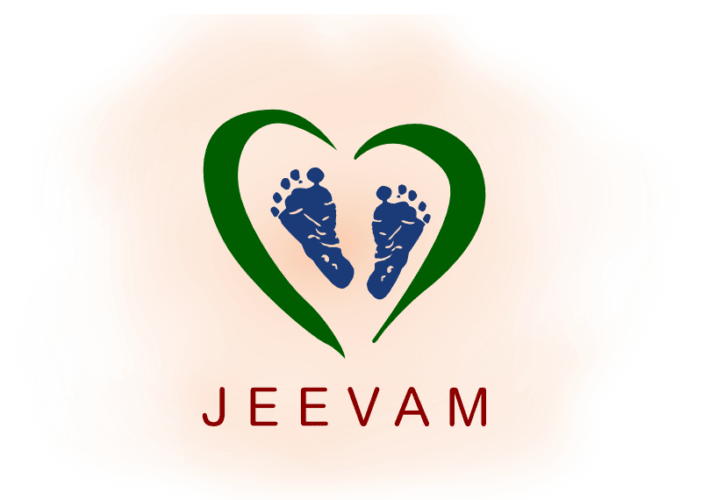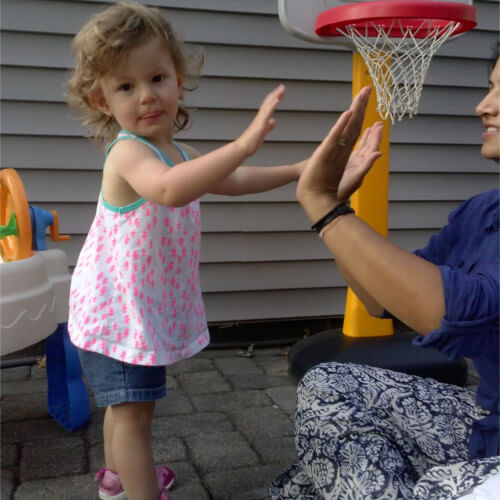Autism Spectrum Disorder
Autism Spectrum Disorder (ASD)
Autism refers to a range of conditions characterized by challenges with social skills, repetitive behaviors, speech and nonverbal communication, as well as by unique strengths and differences. There is not one autism but many types, caused by different combinations of genetic and environmental influences. Autism’s most-obvious signs tend to appear between 2 and 3 years of age. In some cases, it can be diagnosed as early as 18 months. Some developmental delays associated with autism can be identified and addressed even earlier. Each child with autism is unique. Treatments and supports that work for one may not work for another. As a result, each child’s treatment plan should follow a thorough evaluation of strengths as well as challenges.
Depending on their needs, children who have autism can receive a broad range of therapies. Typically, they include a combination of behavior therapy, speech-language therapy, occupational therapy, social skills training and sometimes feeding therapy. In addition, parents may receive training on how to work with their children at home. Ideally, parents, teachers and therapists will all work together to integrate their approaches across the child’s daily life.
Working with a pediatric physical therapist can help your child with autism to develop many skills required for daily life. Sometimes referred to as “occupational therapy,” this type of physical therapy focuses on sensory and neuromotor skills to help children become more functional and independent. Children on the autism spectrum face a range of challenges in school and daily life. If you’d like to know more about how Jeevam Therapy can potentially help your child on the spectrum, request a free screening.
Goals of Pediatric Therapy
A pediatric physical therapist will work with your autistic child to help them learn, grow, play and enjoy life to the fullest. On a “micro” level, occupational therapy will help your child to develop fine and gross motor tasks. At the “macro” level, the goal is to help them transition into adulthood so they can live an independent life. Sometimes therapy will just involve playful tasks such as jumping, dancing or climbing. At other times, it will focus on specific tasks like buttoning a shirt, feeding, holding a crayon or pencil correctly for writing, or getting dressed. As the parent, you’ll be given helpful guidelines and tasks to work on with your child at home. Your role in your child’s therapy is obviously even more important than that of the physical therapist.
Holistic Treatment
Pediatric physical therapy is often just one piece of the puzzle when it comes to helping a child on the autism spectrum. The developmental needs of autistic children can vary widely, and there is no one-size-fits-all treatment plan. Depending on your child’s needs, they may also benefit from the following types of treatment in addition to physical therapy:
Speech-Language Therapy
Depending on your child’s speech skills, a speech therapist might work with them on conversational speech and vocabulary, nonverbal communication, sign language or other forms of communicating.
Augmentative and Alternative Communication (AAC)
This form of treatment involves using pictures to develop simple connections and augment the child’s ability to communicate desires to others. For example, a nonverbal child might learn to point to a glass of water when they are thirsty.
Sensory Integration Therapy
Many autistic children have difficulty processing sensory information (smells, touch, sight, sound, movement). This type of pediatric therapy involves working with a child on sensory stimulation to help them process incoming information at a neurological level.
Physical Therapy
Kids on the autism spectrum also have trouble with sitting, running, jumping, walking and other gross motor tasks. A pediatric physical therapist will work with your child to help them improve muscle tone, balance and other skills.
Pediatric Physical Therapy
Physical therapy sessions will usually last only 20 to 30 minutes for younger children. As they get older, sessions can be extended up to an hour. Your therapist will work with you to develop strategies to help your child build important skills such as grooming (brushing teeth, combing hair, etc.), feeding (using utensils and napkins properly) and dressing independently, as well as improving social skills, fine motor skills and visual perception skills. Guided strategies that you can use at home and at your child’s school will also be provided. Strategies will be adjusted over time as your child learns new skills and is able to function more independently.
Pediatric physical therapy can help your child develop to their fullest potential. Sessions with a physical therapist at our facility are safe, friendly and encouraging. If you’d like to request a free screening at Jeevam Therapy Edison & Paramus, NJ or begin therapy for your child on the autism spectrum, call our office today to get the process started.



